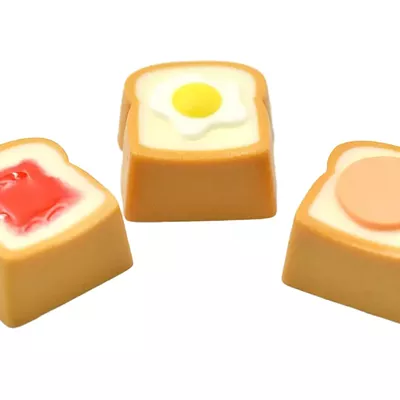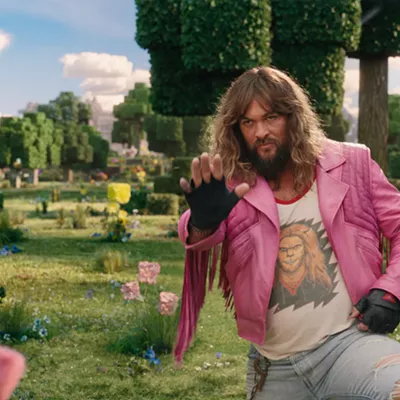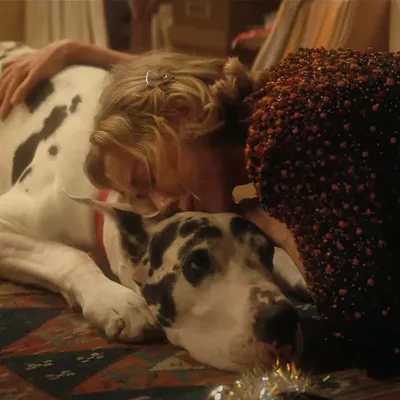3-D graphics! Fully contoured character design! Virtual environments that transcend nature! Those details would be worked out later. The first video game that could be played on a television — an early prototype for the first home console — was nothing more than two dots chasing each other around the blank screen. One player was in charge of moving a big blocky pixel “it” in pursuit of another player’s big blocky pixel. It was schoolyard-simple and called Chase.
Many wonderful bells and whistles later, videogames are still, deep down, versions of Chase. In shooters, players pursue their opponents’ pixels with pixelated bullets. In boxing and fighting games, the goal is to connect the pixels at the end of a fist with the pixels of the opponent’s face. Even puzzle games like Tetris rely on guiding one pixelated image into its proper position in the onscreen pixelated picture.
In Cladun: This is an RPG (which gets my vote for best name of the year), I guide my character through dungeons until I locate monsters. Then I fight those monsters in real time, on the same flat dungeon floor on which they appear. Like Chase, the fighting is all about maneuvering the mass of pixels that is my character around the mass of pixels that is the monster.
In recent memory, only the Monster Hunter series has placed this much emphasis on precisely manipulated digital-contact combat. In Cladun, I can hurl orange flurries of fireballs and trigger long-distance traps, so the fighting is not always a close-up encounter. But the placement, pacing, approach and retreat of attacks in Cladun reveal just how much strategic challenge remains to be found in simple two-dimensional battles, as the monsters themselves withdraw, charge, defend themselves and attack from afar.
Most RPGs modify their characters like Mr. Potato Heads — stick on a new sword and change statistics. But the role-playing portion of Cladun delves deeper through the gang of characters that players develop during the game. The single onscreen character is accompanied by a party of fellow adventurers who each contribute various skills and attributes to the fray. This means the main character can unexpectedly change statistics mid-battle, as the circle of companions is being attacked. It’s a system that streamlines the traditional “party of adventurers” while making it more tactically sophisticated behind the scenes.
The game’s simplicity extends to its visual appearance as well, with the graphics presented in obtuse 8-bit blocks. Music comes in both old-school blips and more contemporary synthesized sounds. This retro vibe goes beyond the self-conscious hipster style of this year’s vapid 3-D Dot Game Heroes. While it knowingly winks at vintage gaming, Cladun also finds substance in the vintage simplicity that other games, with their elaborate surfaces, tend to overlook.
THE GOOD: A visual character customizer makes Cladun a truly personalizable game and further points up the joys of retro graphics, where creating an image is a matter of painting a few pixels.
THE BAD: Where most RPGs use my deepening engagement with my character to draw me into a fictional world and narrative, Cladun merely pulls me into more dungeons and battles.
THE BOTTOM LINE: Cladun: This is an awesome RPG.

















